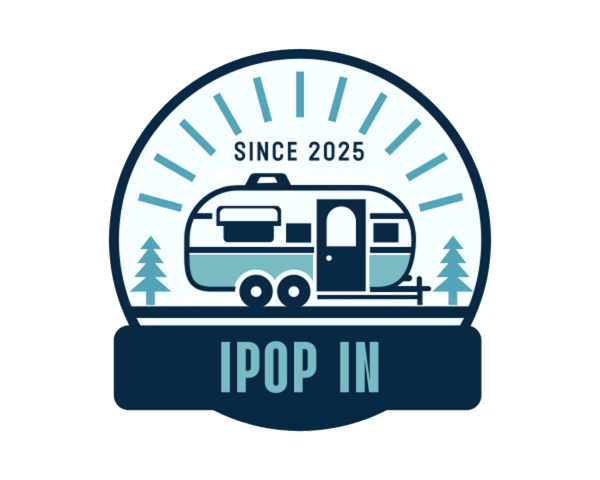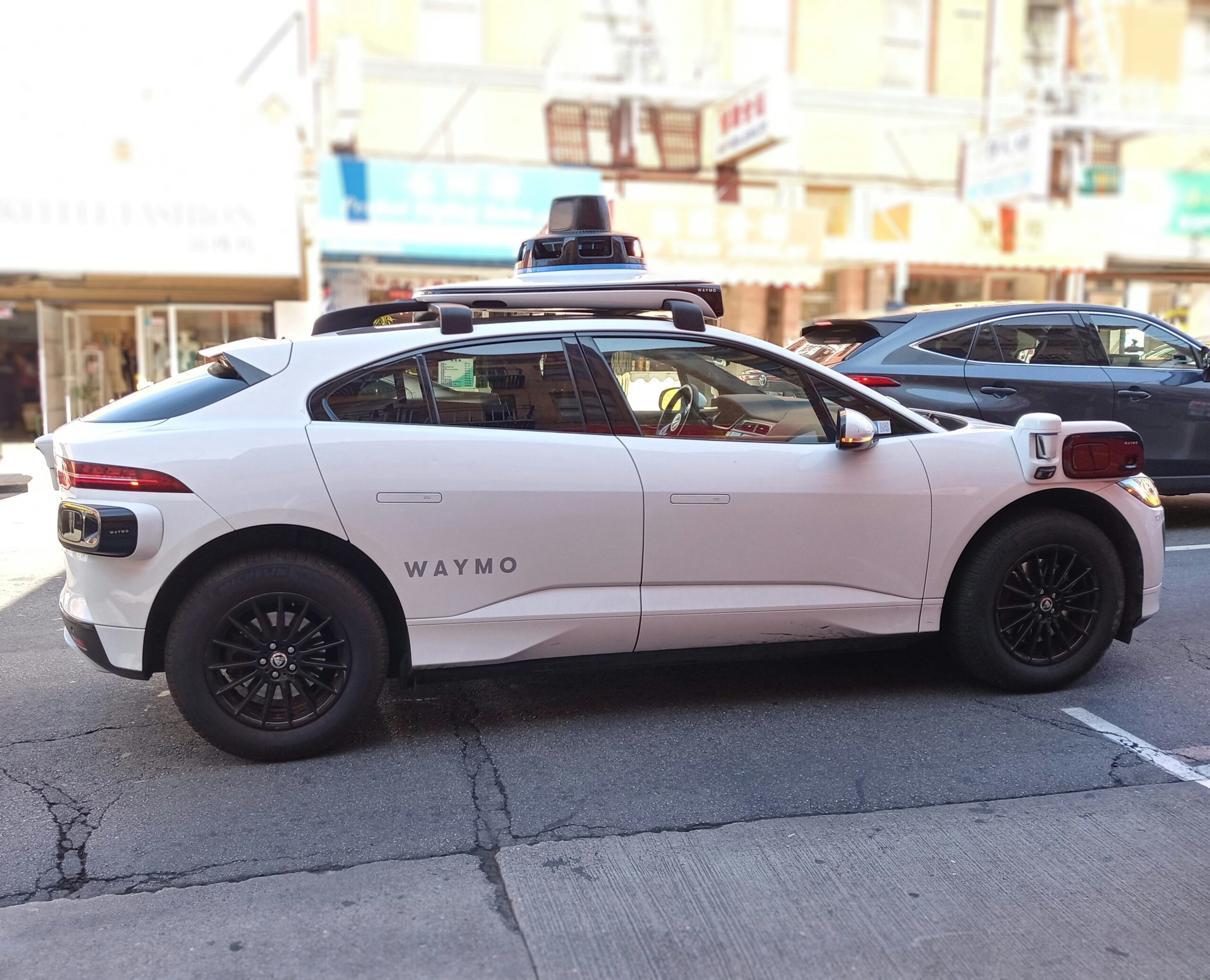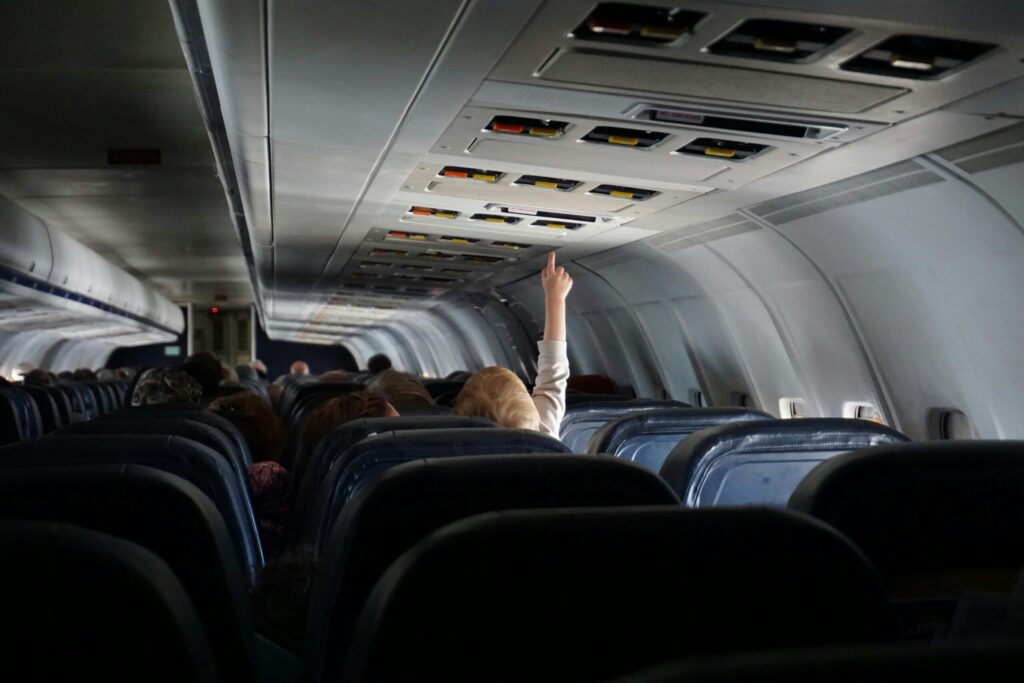I did not plan to ride in a Waymo that night. I was supposed to be on a plane headed home. Instead, I was stuck in Phoenix after a bad weather delay turned into a cancellation. The airline gave me a hotel voucher, handed me a little paper with directions, and told me to get there however I could.
It was late. Too late for me to want to call a regular taxi, and I didn’t feel like haggling with a rideshare driver. I remembered that Waymo was available in Phoenix. I had been curious for a while, so I downloaded the app and booked a ride to the hotel.
Watching the little car icon on my phone make its way toward me felt strange, knowing no one was driving it. When it pulled up, the empty driver’s seat made me hesitate for just a second. My brain expected a person behind the wheel. There was none.
I climbed in, the doors locked, and a calm voice welcomed me through the screen mounted in front. It showed my route to the hotel and the nearby streets, marked with outlines of cars, bikes, and people. I buckled in and tapped the “Start Ride” button. The car eased forward without a single jerk.
The first few minutes were quiet. Phoenix streets were nearly empty at that hour. Every stop sign was handled exactly right. The Waymo slowed for a pedestrian far ahead, almost as if it could read their mind. When we reached a busy intersection, the car waited, then slid into the lane like it had been doing it all its life.
The screen kept showing what the sensors were seeing. It could detect everything around it, even things I had not noticed yet. A cyclist appeared on the map long before they came into view out my window. That is where the LiDAR really shows its value. It maps the world in 3D, not just flat images like a camera. You can feel it in how the car moves. It anticipates instead of reacting at the last second.
I could not help thinking about Tesla. They are going all in on vision-only, no LiDAR. The idea is to keep it simple and cheap. But after riding in a Waymo, it felt like skipping a sense for no good reason. Cities are messy. People cross the street looking at their phones. A dog can run out from between parked cars. With LiDAR, the car is seeing the whole picture in real time.

Halfway through the ride, a delivery truck started to nose out of an alley. The Waymo had already slowed down before I even spotted it. That moment made me trust it more than I expected. It was like riding with a cautious friend who knows the roads well.
In about fifteen minutes we were at my hotel. The car unlocked, said goodbye in its calm voice, and I stepped out into the warm Phoenix night. The hotel was nothing fancy, but it was free thanks to the airline. That whole situation was weirdly perfect. If my flight had been on time, I would not have tried Waymo.
Sitting in my room later, I thought about how quickly the ride felt normal. At first the empty driver’s seat is all you notice. Then it fades away, replaced by the feeling that you’re in good hands, even if those hands are just lines of code.
I am not sure when I will get to ride in one again. They are not in my city yet. But I know that if they show up, I will be first in line to try them in daylight, in traffic, with more chaos on the road. I want to see if it handles a crowded street the same way it handled the quiet Phoenix night.
That missed flight turned into one of my favorite travel tech memories. I got to see how far self-driving has come, and I came away thinking LiDAR is the difference between guessing and knowing. If my ride home had been a Tesla on autopilot with only cameras, I doubt it would have felt the same.



